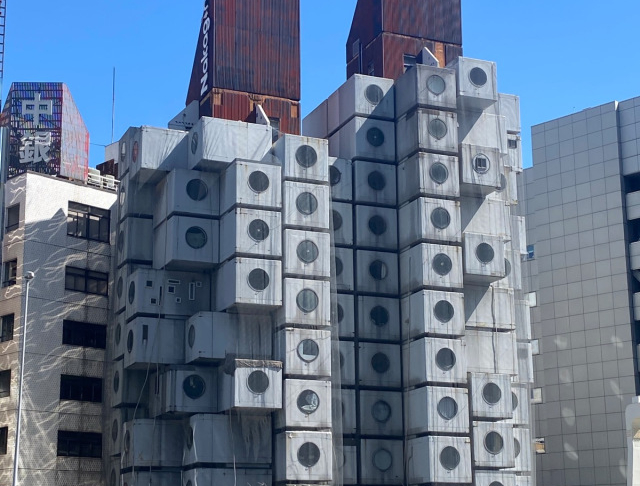
We move into a capsule apartment in the iconic landmark, and find out it’s not all it’s cracked up to be.
Tokyo is just as well-known for its ancient shrines and temples as it is for its bright, modern neon screens, but there are a lot of buildings in the city that sit in between these disparate time frames.
Nakagin Capsule Tower is one such building, glistening as a futuristic marvel of modern architecture and catching everyone’s eye with its unusual cubic design when it was first erected in 1972. Now, 49 years after it first sprang to life, the ageing building, which houses 140 self-contained prefabricated capsules, faces the threat of being demolished, after the majority of capsule owners voted to tear the complex down in 2007 and replace it with a more modern tower.
▼ Nakagin Capsule Tower was designed by Japanese architect Kisho Kurokawa
After Kurokawa opposed the demolition, and suggested instead that the prefabricated capsules inside the complex be replaced with more modern ones, plans were stalled and Masato Abe, a capsule owner who once lived in the building, founded the “Save Nakagin Tower” project.
As part of its preservation plans, the “Save Nakagin Tower” project has been leasing around 30 capsule apartments to the public on a monthly basis since 2018. However, these monthly stays were temporarily closed recently, which came as sad news to our Japanese-language reporter Chie Nomura, who had been waiting to rent one of these apartments. She managed to get in contact with Tatsuyuki Maeda, a representative from the organisation, to let him know her desire to live in the tower, and after a few days passed, she was thrilled when he called her back to let her know an apartment had become available.
▼ Nomura has long been a fan of the alternate-world-retro-sci-fi-looking building.
So Nomura gathered a month’s worth of essentials together and made her way to the twin towers, located conveniently close to Shimbashi Station and within walking distance of the fashionable Ginza district.
▼ The entrance to the Nakagin Capsule Tower Building looks a little run-down, but that’s part of its charm.
Standing at the entrance, Nomura looked up and realised she’d never viewed the building from this angle before. She loved its unusual silhouette and thought it would be a shame if a building like this were to hit the dust and be replaced with a cold, characterless building.
It didn’t take long for Nomura to be shown to her room, and as soon as she stepped into the prefabricated capsule, she was pleased to find it was everything she’d hoped it would be.
▼ The room looked like a spaceship, and the star of the show was the unique circular window.
It certainly wasn’t big, but that was to be expected from a capsule apartment, and Nomura wasted no time in unpacking the box of goods she’d brought with her to help her settle in for a month in the room.
▼ Nomura’s essentials included a few of her favourite soft plushies to keep her company.
The retro vibe here was strong, extending to the original introductory booklet which Nomura found on a side table inside the room. According to the information in the booklet, the Nakagin Capsule Tower Building actually consists of two interconnected cement towers, one 11 stories high and the other 13, with prefabricated capsule “plugs” that can be used as residences or offices.
▼ The original idea was to provide Tokyo office workers with a place to stay during the week to avoid long commutes back home.
After spending a few days in her apartment, Nomura discovered it came with a variety of pros and cons, so let’s take a look first at the upsides of living in the iconic tower. Of course, the top reason for staying here is the convenient location and the chance to step back in time and enjoy the retro atmosphere inside an architecturally respected landmark in Tokyo.
▼ This image, of another apartment inside the tower, shows a room that most closely resembles the original when it was completed in the ’70s.
One of the most iconic aspects of the building is the round windows that adorn each cube. Nomura loved the design aesthetic, and spent a lot of time gazing out of that round window from the cosy comfort of her bed.
▼ The wall storage system is incredibly retro, with a desk that conveniently pulls down when you need to use it…
▼ …And the door on the right conceals a closet with a good-sized mirror.
And what about this Sony reel-to-reel tape recorder? These were a high-end way to play and record music in the ’60s and ’70s, and although this one didn’t seem to work when Nomura fiddled with it, she was fascinated to see it was still included in all the rooms.
▼ It’s not every day you get to stay in a room with a built-in open-reel recorder from the ’70s.
▼ The rounded door to the bathroom was also a retro lover’s dream.
While the upsides to her stay were the prestige of staying inside the complex, the convenience of its location, and its gorgeous retro design, the room isn’t without its pitfalls. The most obvious downside is the fact that there’s no kitchen inside the room (portable gas stoves aren’t allowed either as open fires are prohibited) and the bar fridge (seen in the photo above) doesn’t work, which means you’ll be eating out or dining in on ready-made store-bought meals during your month-long stay.
Perhaps the biggest inconvenience, however, is the fact that hot water to the rooms was shut off in 2010 after one of the water pipes burst in the building. That means there’s no hot water in the bathroom, but there is a shared shower room on-site so you won’t have to stink the place out for a month.
▼ No running hot water might be a pain in winter, but it isn’t so bad in summer
▼ The bathroom still works fine, and is pretty cute to boot.
There are also no washing machines in the building, so Nomura would have to use a laundromat outside the complex to wash her clothes during her stay. According to Google Maps, the nearest laundromat was a 16-minute walk away, but she was up for the adventure.
Nomura is only a few days into her stay at the moment, so she’ll be updating us with her final verdict on her experience once she checks out of the tower in a few weeks’ time.
▼ Until then, she’ll be perfecting her Instagram poses in front of that iconic window and living her best ’70s bohemian life.
Stays in the 10-square-metre (107-square-foot) rooms are priced at 120,000 yen (US$1,070), which works out to roughly 4,000 yen a night, making the capsule apartments much more affordable than standard hotel rooms in the city.
While the rooms aren’t available to rent at the moment, there’s a high likelihood they’ll become available in the near future, so you too can live the high life like Nomura. Watch this space for her next update, which will include tips for those considering a stay there, and more information on the fate of the building, which is currently on tenterhooks.
Information
Nakagin Capsule Tower Building / 中銀カプセルタワー
Address: Tokyo-to, Chuo0ku, Ginza 8-16-10
東京都中央区銀座8-16-10
Website
Photos ©SoraNews24
● Want to hear about SoraNews24’s latest articles as soon as they’re published? Follow us on Facebook and Twitter!
[ Read in Japanese ]


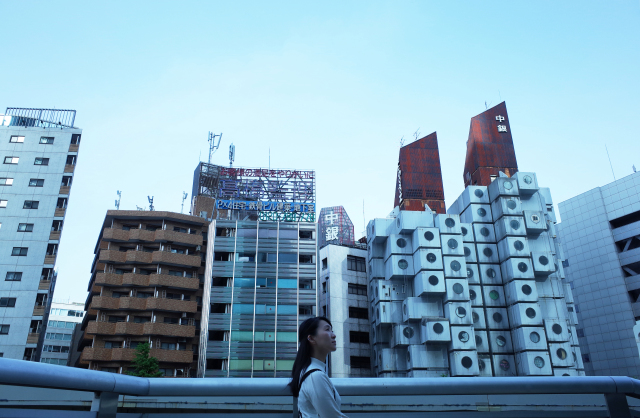
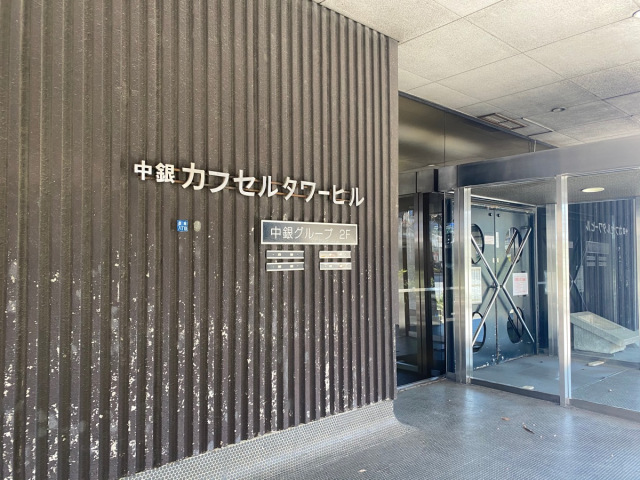
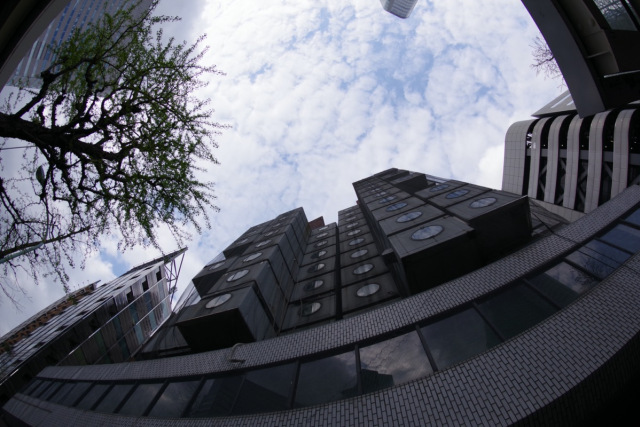
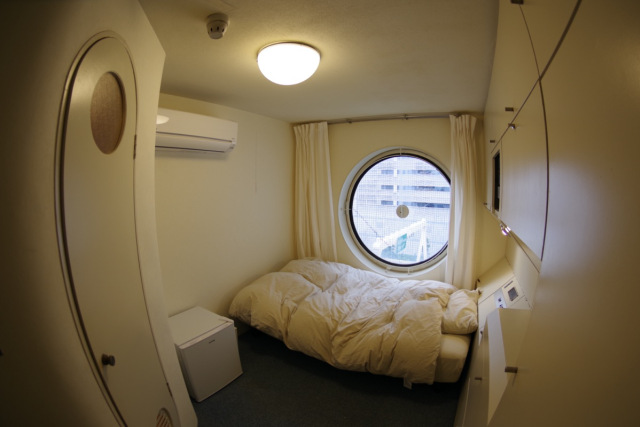
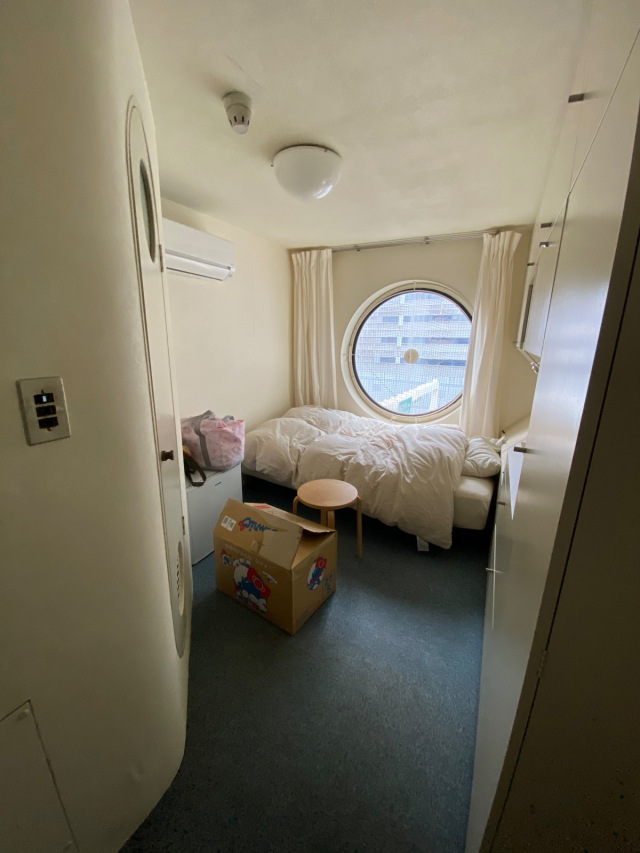
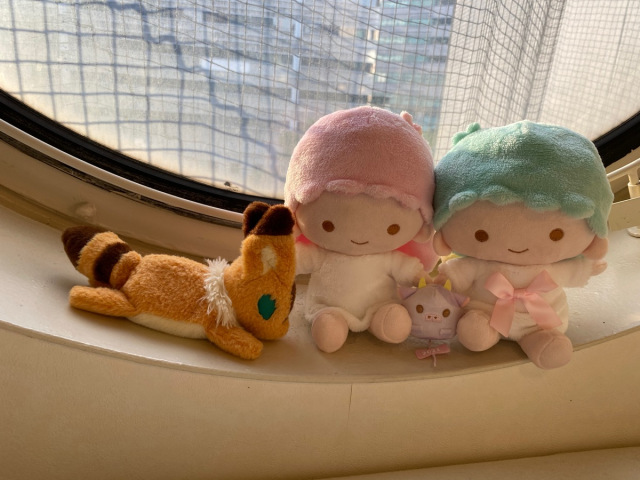
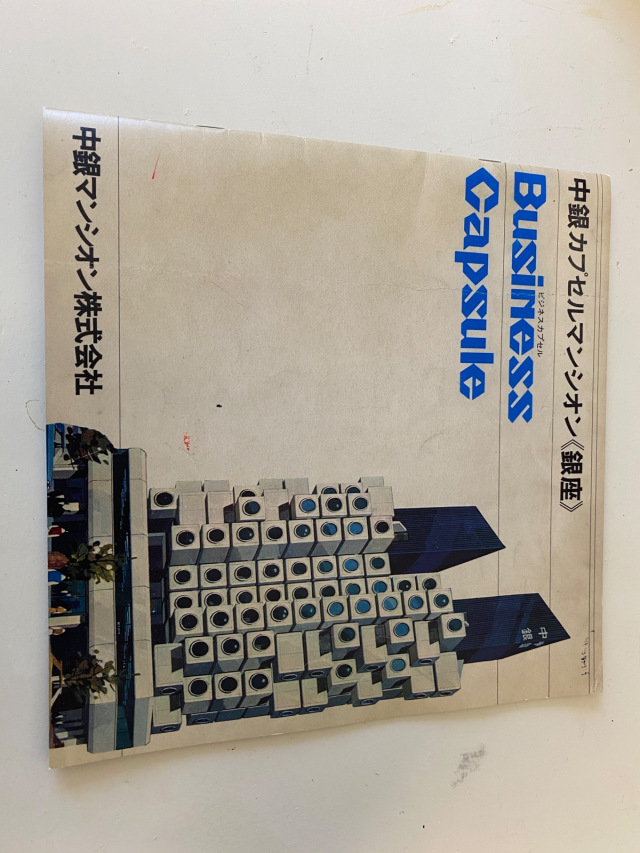
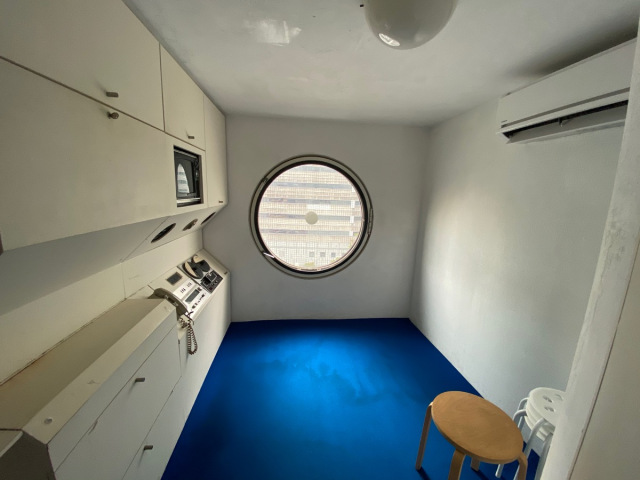
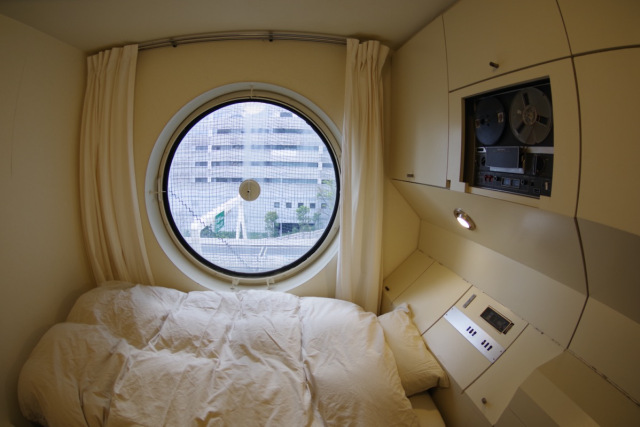
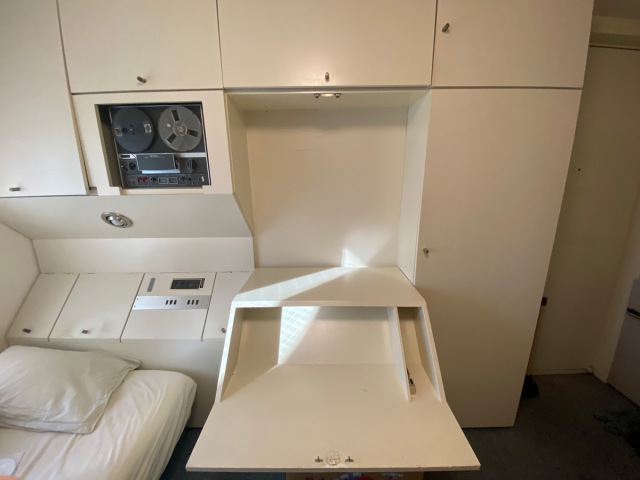
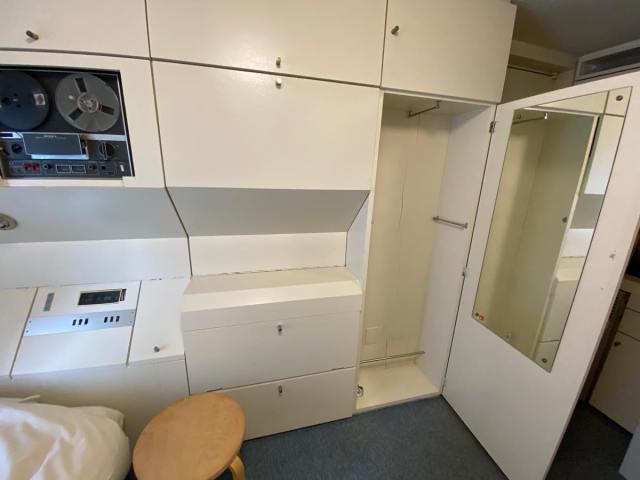
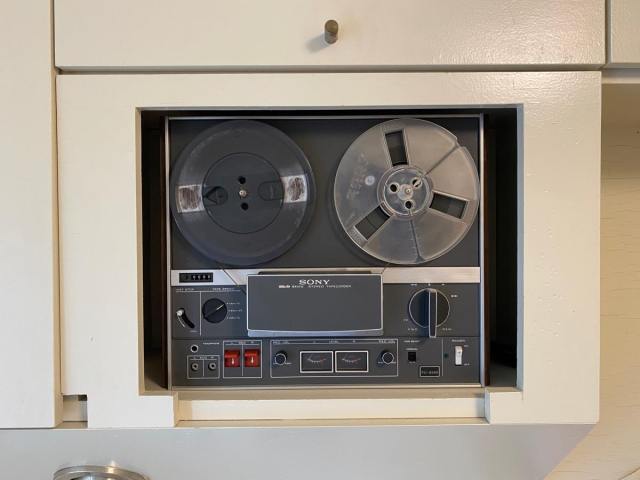
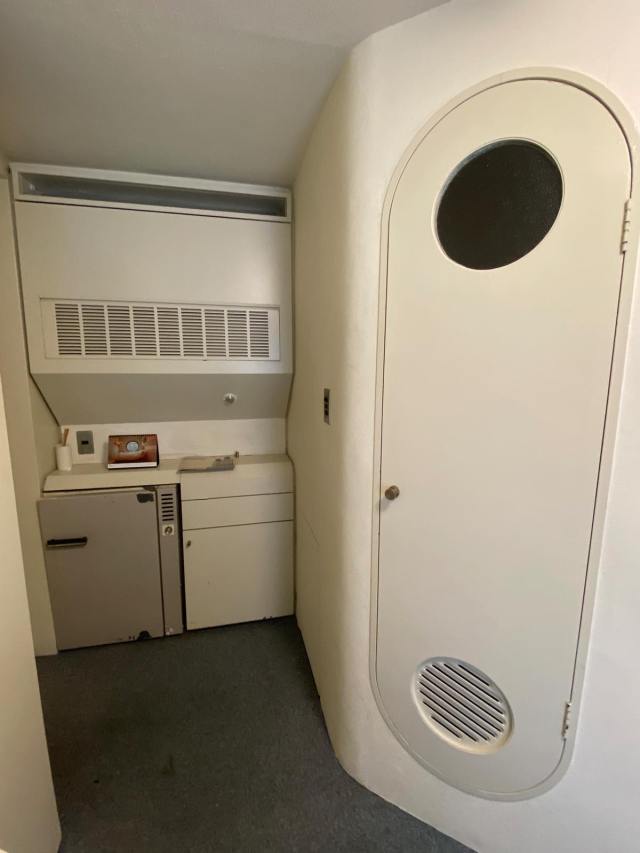
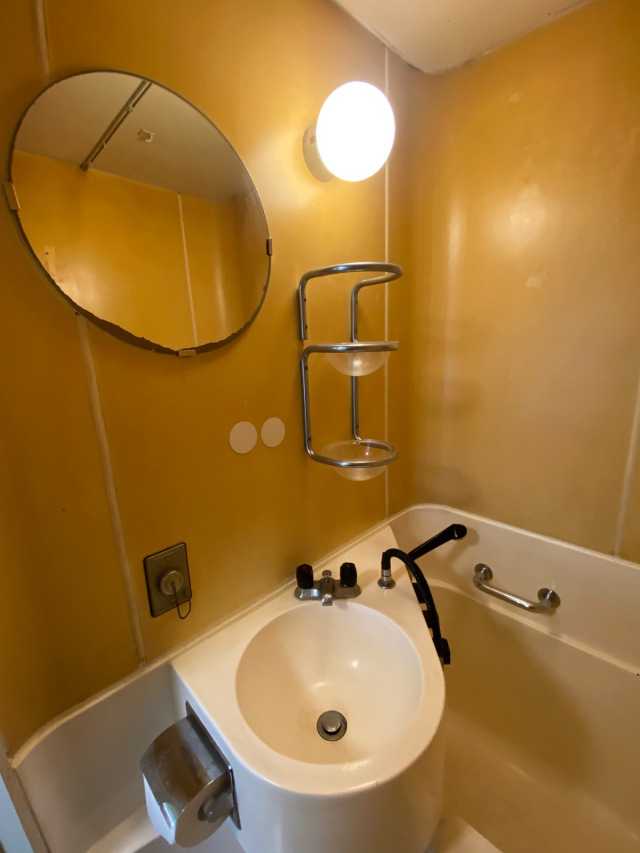
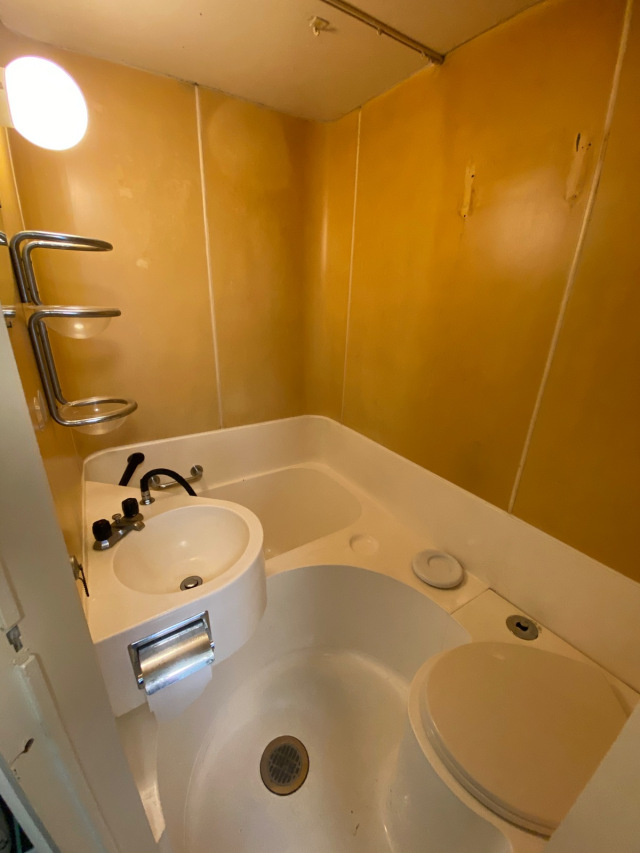
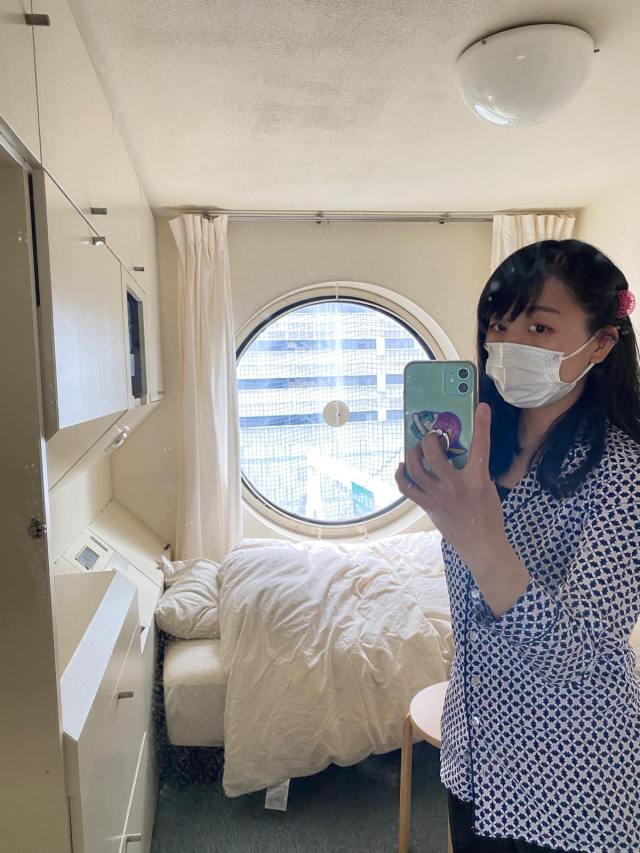
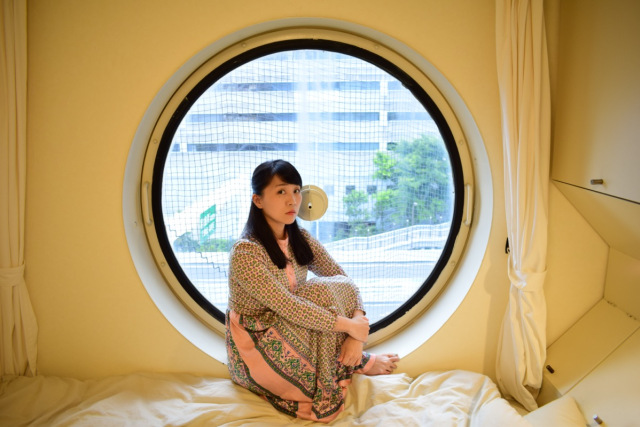
 Tokyo’s famous capsule apartments now take month-long reservations from foreign travelers
Tokyo’s famous capsule apartments now take month-long reservations from foreign travelers 200,000 yen-per-night Airbnb is the successor to Tokyo’s famous Nakagin capsule apartments【Pics】
200,000 yen-per-night Airbnb is the successor to Tokyo’s famous Nakagin capsule apartments【Pics】 Do Tokyo’s Reversible Destiny Lofts really hold the power to reverse your destiny?
Do Tokyo’s Reversible Destiny Lofts really hold the power to reverse your destiny? Osaka police sergeant arrested for putting smartphone between woman’s legs on train
Osaka police sergeant arrested for putting smartphone between woman’s legs on train We book a night in a bookshelf at Book and Bed in Shinjuku
We book a night in a bookshelf at Book and Bed in Shinjuku Foreigner’s request for help in Tokyo makes us sad for the state of society
Foreigner’s request for help in Tokyo makes us sad for the state of society Japanese city loses residents’ personal data, which was on paper being transported on a windy day
Japanese city loses residents’ personal data, which was on paper being transported on a windy day Akihabara pop-up shop sells goods made by Japanese prison inmates
Akihabara pop-up shop sells goods made by Japanese prison inmates Ghibli Park now selling “Grilled Frogs” from food cart in Valley of Witches
Ghibli Park now selling “Grilled Frogs” from food cart in Valley of Witches Historical figures get manga makeovers from artists of Spy x Family, My Hero Academia and more
Historical figures get manga makeovers from artists of Spy x Family, My Hero Academia and more Tokyo Tsukiji fish market site to be redeveloped with 50,000-seat stadium, hotel, shopping center
Tokyo Tsukiji fish market site to be redeveloped with 50,000-seat stadium, hotel, shopping center Beautiful Ghibli sealing wax kits let you create accessories and elegant letter decorations【Pics】
Beautiful Ghibli sealing wax kits let you create accessories and elegant letter decorations【Pics】 Harajuku Station’s beautiful old wooden building is set to return, with a new complex around it
Harajuku Station’s beautiful old wooden building is set to return, with a new complex around it Anime girl English teacher Ellen-sensei becomes VTuber/VVTUber and NFT
Anime girl English teacher Ellen-sensei becomes VTuber/VVTUber and NFT We tried Korea’s way-too-big King Tonkatsu Burger at Lotteria 【Taste Test】
We tried Korea’s way-too-big King Tonkatsu Burger at Lotteria 【Taste Test】 McDonald’s new Happy Meals offer up cute and practical Sanrio lifestyle goods
McDonald’s new Happy Meals offer up cute and practical Sanrio lifestyle goods Japanese ramen restaurants under pressure from new yen banknotes
Japanese ramen restaurants under pressure from new yen banknotes French Fries Bread in Tokyo’s Shibuya becomes a hit on social media
French Fries Bread in Tokyo’s Shibuya becomes a hit on social media Studio Ghibli releases new action figures featuring Nausicaä of the Valley of the Wind characters
Studio Ghibli releases new action figures featuring Nausicaä of the Valley of the Wind characters New private rooms on Tokaido Shinkansen change the way we travel from Tokyo to Kyoto
New private rooms on Tokaido Shinkansen change the way we travel from Tokyo to Kyoto Red light district sushi restaurant in Tokyo shows us just how wrong we were about it
Red light district sushi restaurant in Tokyo shows us just how wrong we were about it All-you-can-drink Starbucks and amazing views part of Tokyo’s new 170 meter-high sky lounge
All-you-can-drink Starbucks and amazing views part of Tokyo’s new 170 meter-high sky lounge Studio Ghibli releases Kiki’s Delivery Service chocolate cake pouches in Japan
Studio Ghibli releases Kiki’s Delivery Service chocolate cake pouches in Japan New definition of “Japanese whiskey” goes into effect to prevent fakes from fooling overseas buyers
New definition of “Japanese whiskey” goes into effect to prevent fakes from fooling overseas buyers Our Japanese reporter visits Costco in the U.S., finds super American and very Japanese things
Our Japanese reporter visits Costco in the U.S., finds super American and very Japanese things Studio Ghibli unveils Mother’s Day gift set that captures the love in My Neighbour Totoro
Studio Ghibli unveils Mother’s Day gift set that captures the love in My Neighbour Totoro More foreign tourists than ever before in history visited Japan last month
More foreign tourists than ever before in history visited Japan last month New Pokémon cakes let you eat your way through Pikachu and all the Eevee evolutions
New Pokémon cakes let you eat your way through Pikachu and all the Eevee evolutions Sales of Japan’s most convenient train ticket/shopping payment cards suspended indefinitely
Sales of Japan’s most convenient train ticket/shopping payment cards suspended indefinitely Sold-out Studio Ghibli desktop humidifiers are back so Totoro can help you through the dry season
Sold-out Studio Ghibli desktop humidifiers are back so Totoro can help you through the dry season Japanese government to make first change to romanization spelling rules since the 1950s
Japanese government to make first change to romanization spelling rules since the 1950s Ghibli founders Toshio Suzuki and Hayao Miyazaki contribute to Japanese whisky Totoro label design
Ghibli founders Toshio Suzuki and Hayao Miyazaki contribute to Japanese whisky Totoro label design Doraemon found buried at sea as scene from 1993 anime becomes real life【Photos】
Doraemon found buried at sea as scene from 1993 anime becomes real life【Photos】 Tokyo’s most famous Starbucks is closed
Tokyo’s most famous Starbucks is closed One Piece characters’ nationalities revealed, but fans have mixed opinions
One Piece characters’ nationalities revealed, but fans have mixed opinions We asked a Uniqlo employee what four things we should buy and their suggestions didn’t disappoint
We asked a Uniqlo employee what four things we should buy and their suggestions didn’t disappoint Princesses, fruits, and blacksmiths: Study reveals the 30 most unusual family names in Japan
Princesses, fruits, and blacksmiths: Study reveals the 30 most unusual family names in Japan Sorry, ladies: Yokohama’s got all-new “Japan”-themed capsule hotel rooms just for men
Sorry, ladies: Yokohama’s got all-new “Japan”-themed capsule hotel rooms just for men More than a capsule hotel, downtown Tokyo capsule ryokan is awesome, budget-friendly spot to stay
More than a capsule hotel, downtown Tokyo capsule ryokan is awesome, budget-friendly spot to stay Manga Art Hotel Tokyo: What it’s like to spend a night surrounded by 5,000 Japanese manga
Manga Art Hotel Tokyo: What it’s like to spend a night surrounded by 5,000 Japanese manga Japanese paralympic athlete plays emotive violin piece using her prosthetic arm as the bow【Video】
Japanese paralympic athlete plays emotive violin piece using her prosthetic arm as the bow【Video】 Japan’s newest capsule toys: Capsules that Absolutely Won’t Open【Photos】
Japan’s newest capsule toys: Capsules that Absolutely Won’t Open【Photos】 We stay at a downtown Shibuya capsule hotel and indulge in unlimited baths and sauna sessions
We stay at a downtown Shibuya capsule hotel and indulge in unlimited baths and sauna sessions House hunting? Here are some tips that might prevent headaches and frustrations
House hunting? Here are some tips that might prevent headaches and frustrations We visit Tokyo’s Reversible Destiny Lofts, the apartments designed to make you live forever【Pics】
We visit Tokyo’s Reversible Destiny Lofts, the apartments designed to make you live forever【Pics】 The ultimate in water recycling: we try taking a bath in our dehumidifier water
The ultimate in water recycling: we try taking a bath in our dehumidifier water Surprise someone with an exlusive rental of a super V.I.P rooftop sauna, complete with sushi chef
Surprise someone with an exlusive rental of a super V.I.P rooftop sauna, complete with sushi chef Free alcohol and curry make this cheap capsule hotel near Shinjuku Station a great place to stay
Free alcohol and curry make this cheap capsule hotel near Shinjuku Station a great place to stay We visit the 24-hour male-only sauna just outside of Hakata Station and ponder a strange sight
We visit the 24-hour male-only sauna just outside of Hakata Station and ponder a strange sight Totoro himself is the capsule for these adorable new Totoro capsule toys【Video】
Totoro himself is the capsule for these adorable new Totoro capsule toys【Video】 Spending a night in Tokyo’s most beautiful capsule hotel【Photos】
Spending a night in Tokyo’s most beautiful capsule hotel【Photos】 Ninja & Geisha capsule hotel: A very Japanese place to stay in Osaka
Ninja & Geisha capsule hotel: A very Japanese place to stay in Osaka Capsule machine found in Nara with mystery edible insects
Capsule machine found in Nara with mystery edible insects Capsule hotel offers amazing deal, cheaper than an apartment in Tokyo
Capsule hotel offers amazing deal, cheaper than an apartment in Tokyo
Leave a Reply